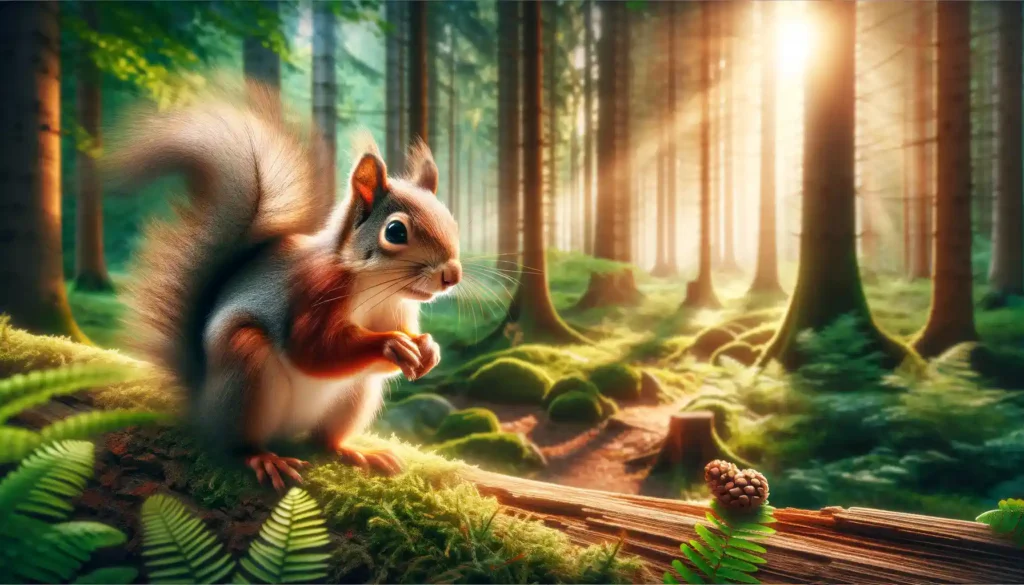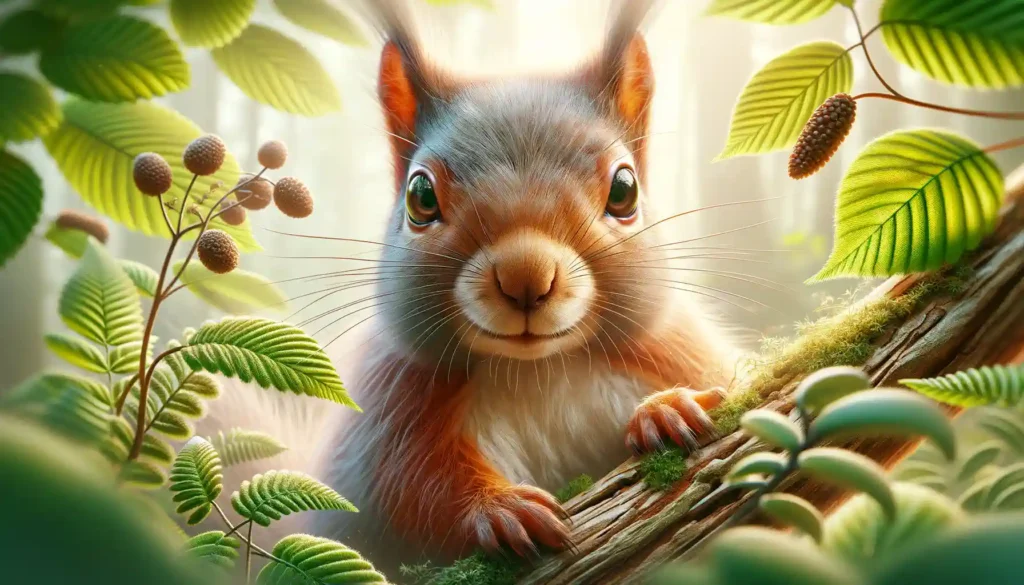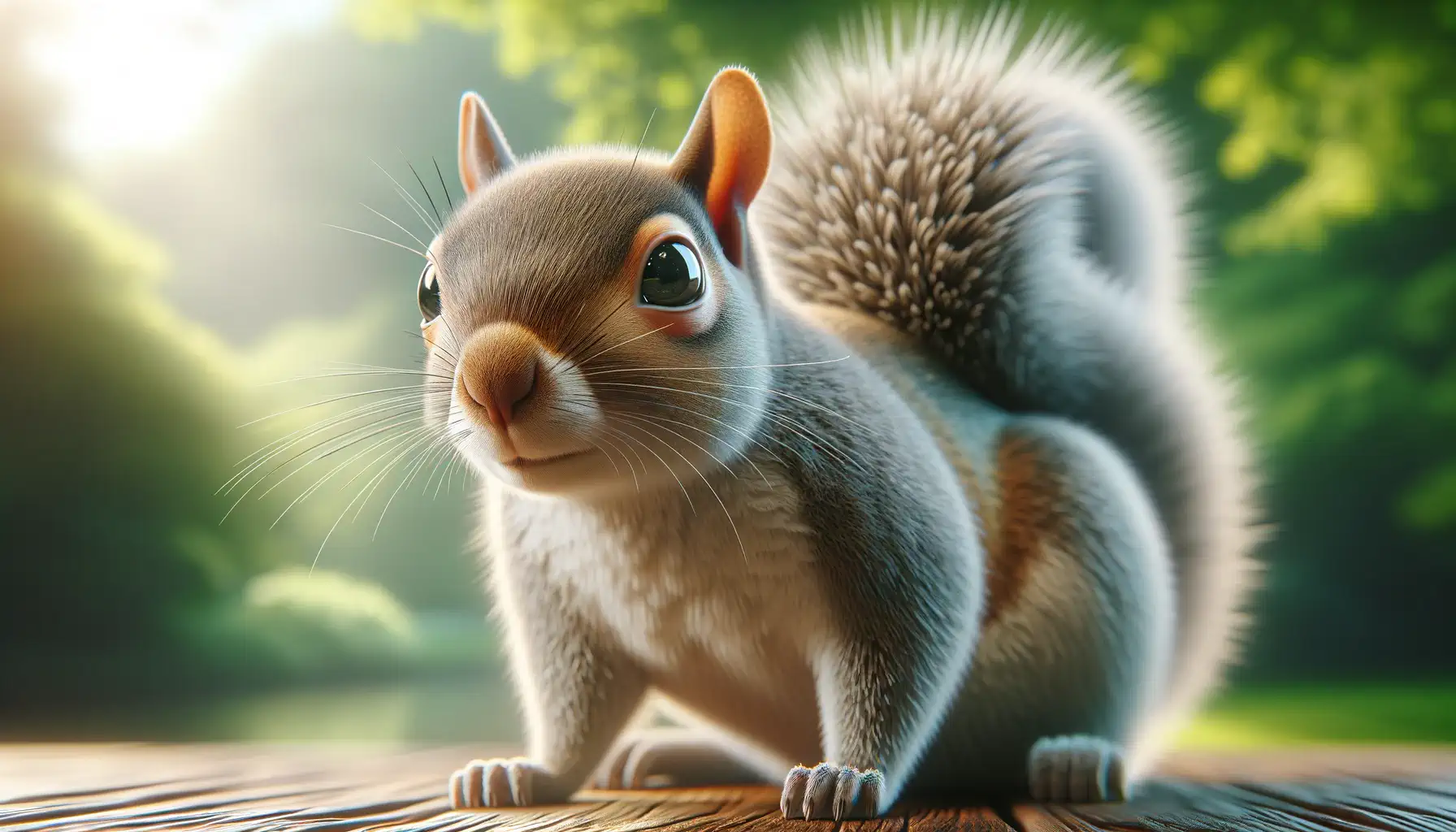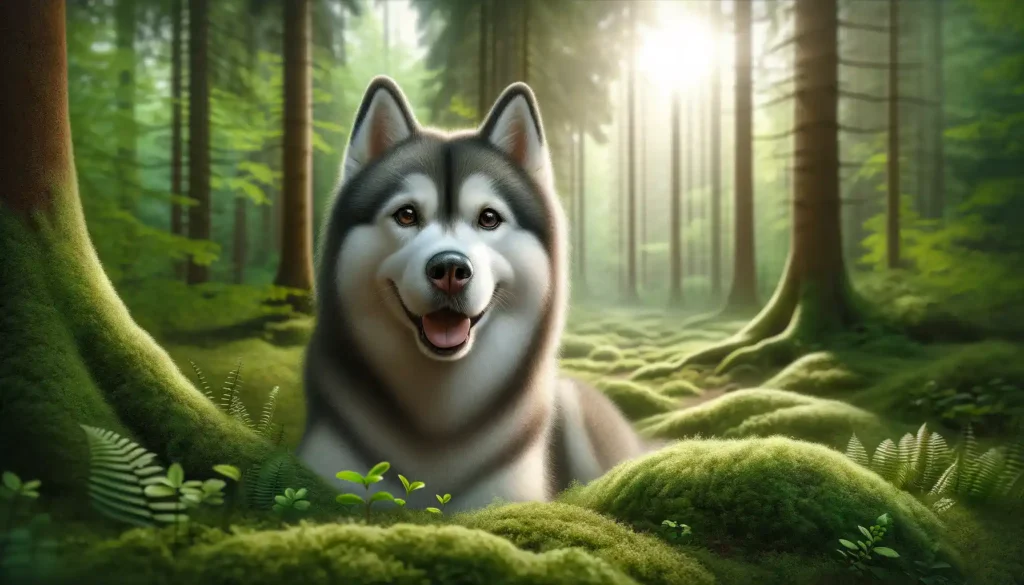The average lifespan of a squirrel

The average lifespan of common tree squirrels like grays, foxes, and reds ranges between 5-10 years if existing in the wild. Squirrels kept in protected environments like zoos and wildlife rehabs can live longer, on average from 10-20 years. The oldest documented captive squirrel reached an impressive 23 years of age.
So while squirrel longevity may not seem that impressive compared to the multiple decades many mammals can survive, living 5-10 years sustaining themselves in nature from threats like predators, disease, and shortages of food or shelter is remarkable. Their main survival strategy of constant vigilance enables most squirrels to make it to the higher end of their expected age range.
What Impacts Squirrel Lifespan?
Several key factors influence whether an individual squirrel expires on the lower or higher end of that average 5-10 year lifespan range:
- Predators: Squirrels must constantly watch for threats from predatory birds, feral cats/dogs, snakes, raccoons, and other hungry hunters seeking an easy meal. Surviving that gauntlet impacts lifespan.
- Automobiles/Human Interactions: For urban and suburban squirrels, motor vehicles pose a major hazard. Human activities also kill many each year. Wise squirrels learn what to avoid.
- Disease & Parasites: Squirrels host certain infectious diseases and internal/external parasites fatal if untreated. Severe infestations and infections drain health.
- Food Supply: Lack of available natural food sources causes malnutrition, starvation, and fights over territory.
- Weather & Natural Disasters: Severe cold, heat waves, storms, fires, flooding and the like lead to exposure deaths.
The young, old, injured and weaker squirrels tend to fall victim to these elements, naturally selecting the more dominant survivalists to propagate the species. Through their cleverness and astonishing speed, the fittest squirrels last the longest.
Squirrel Behavioral Traits & Habits

Several interesting facts about routine squirrel habits that relate to their survival and lifespan expectations:
- Social Structure: Squirrels lead predominantly solitary lives outside mating and rearing young. They don’t form cooperative packs to improve survival like some mammals. Every squirrel for themselves!
- Reproduction: Female squirrels usually have 2-3 litters per year after gestating 3-6 weeks per pregnancy, typically in early spring & summer. Energy invested in breeding impacts the mother’s health.
- Sleep Schedule: Squirrels don’t hibernate but do sleep quite deeply during nocturnal periods, when they are most vulnerable. Choosing safe nest sites helps avoid becoming an easy overnight snack.
- Food Hoarding: Squirrels stash and bury nuts/acorns/seeds in multiple locations to hedge survival odds. This feasting/famine cycle provisioning burns plenty of calories.
While squirrel behavior developed along certain themes to aid the continuation of the species, it doesn’t necessarily maximize individual longevity the same way as animals that work together in family units with shared duties do. But squirrels definitely make the most of their typically brief life span!
Factors Contributing to Longer Life
Several key factors contribute to the longer lifespan of squirrels in captivity:
1. Predator Protection: In the wild, squirrels are constantly at risk from predators. In captivity, this threat is virtually eliminated, providing a safer environment for them to live and thrive.
2. Consistent Food Supply: Access to a regular and nutritious diet is crucial for their health. In captivity, squirrels receive a balanced diet that meets all their nutritional needs, unlike the unpredictable food sources in the wild.
3. Reduced Disease Exposure: Squirrels in the wild are exposed to various diseases, which can significantly shorten their lifespan. In captivity, with regular health checks and a clean environment, the risk of disease is greatly reduced.
These factors collectively ensure a healthier, safer, and longer life for squirrels in captivity, highlighting the impact of environment and care on their overall lifespan.
Reproduction and Life Cycle
Mating Habits
Squirrels, with their energetic antics and bushy tails, engage in intriguing mating behaviors that are both fascinating and essential for the survival of their species. These small mammals often follow a seasonal breeding pattern, varying among species and influenced by environmental factors.
- Seasonal Mating Rituals: Squirrels typically exhibit heightened mating activity during specific seasons, often spring and fall, when resources are more abundant. This helps ensure an optimal environment for nurturing their offspring.
- Courtship Displays: Mating rituals involve elaborate courtship displays. Male squirrels may chase females, engage in acrobatic displays, and emit vocalizations to attract potential mates. The competition among males for female attention adds a dynamic element to the mating process.
- Mate Selection: Female squirrels play an active role in mate selection, often choosing mates based on displays of strength, agility, and overall health. Once a suitable partner is found, mating occurs, and the pair may engage in a brief companionship or separate soon after.
Gestation Period
Following successful mating, female squirrels undergo a gestation period that varies across species but generally lasts around three to six weeks. This period is marked by the development of the fertilized eggs within the female’s reproductive system.
- Nesting Preparation: During pregnancy, female squirrels meticulously prepare nests, known as dreys, to provide a secure and comfortable environment for the upcoming birth. Nests are often constructed in tree branches, providing both protection and easy access.
- Gestation Adaptations: The gestation period is a critical time during which the female’s body undergoes various physiological adaptations to support the developing embryos. Nutrient intake increases, and hormonal changes optimize the mother’s ability to nurture her offspring.
- Birth Timing: Squirrels are known for giving birth to their young in synchronized intervals, with many species having litters in the spring and fall. This timing aligns with periods of increased food availability, ensuring ample resources for the growing family.
Birth and Development of Young Squirrels
The birth and early development of squirrel offspring showcase the resilience and adaptability of these creatures, setting the stage for their survival in the dynamic ecosystems they inhabit.
- Litter Size: Squirrel litters typically consist of three to five offspring, though this can vary. The size of the litter depends on factors such as species, environmental conditions, and the mother’s health.
- Altricial Young: Squirrel young are born in an altricial state, meaning they are relatively undeveloped and dependent on maternal care. Their eyes are closed, and they lack fur, making them vulnerable in the initial stages of life.
- Maternal Care: Female squirrels invest significant time and effort into nurturing their young. They provide warmth, protection, and nourishment, nursing the newborns until they are ready to explore their surroundings.
- Juvenile Independence: As the young squirrels grow, they gradually gain independence. The mother teaches them essential survival skills, such as foraging and avoiding predators, before they eventually disperse to establish their own territories.
Understanding the intricacies of squirrel reproduction and the early stages of their life cycle sheds light on the remarkable strategies these animals employ to ensure the continuation of their species in diverse and often challenging environments.
Challenges and Threats
Disease
Squirrels, despite their resourcefulness, face various challenges that threaten their well-being and population sustainability. One significant threat comes in the form of diseases that can impact individual squirrels and entire populations.
- Parasitic Infections: Squirrels are susceptible to various parasites, including fleas, ticks, and mites, which can transmit diseases. These infections can compromise the health of individual squirrels, leading to lethargy, malnutrition, and, in severe cases, mortality.
- Viral Infections: Certain viral infections, such as squirrelpox virus, can have devastating effects on local squirrel populations. These diseases may lead to skin lesions, loss of fur, and a decline in overall fitness, contributing to increased vulnerability to predation.
- Transmission from Other Species: Interactions with other wildlife, particularly in urban or fragmented habitats, can expose squirrels to diseases transmitted by other animals. This interconnectedness amplifies the risk of disease spread within ecosystems.
Climate Change
As global temperatures rise and weather patterns shift, squirrels face challenges associated with climate change, impacting their habitats and overall well-being.
- Altered Habitat Conditions: Changes in temperature and precipitation patterns can affect the availability of food sources and nesting sites for squirrels. Shifts in vegetation and plant life cycles can disrupt the balance between squirrels and their environment.
- Impact on Food Availability: Climate change can influence the abundance and distribution of nuts, seeds, and fruits—essential components of a squirrel’s diet. Irregular patterns in plant growth may lead to food shortages, affecting squirrel reproduction and survival rates.
- Extreme Weather Events: Increased frequency and intensity of extreme weather events, such as storms and wildfires, pose direct threats to squirrel populations. Nesting sites may be destroyed, and individuals can be injured or killed during such events.
Habitat Loss
The relentless expansion of urban areas, deforestation, and other human activities contribute to the ongoing loss and degradation of natural habitats, presenting a significant threat to squirrel populations.
- Urbanization Pressures: Squirrels living in urban environments face unique challenges, including habitat fragmentation, vehicle collisions, and exposure to pollutants. These factors can disrupt their natural behaviors and increase stress levels.
- Deforestation and Land Development: Clearing of forests for agriculture, logging, or infrastructure development directly reduces the availability of suitable habitats for squirrels. Fragmentation of their living spaces makes it difficult for populations to thrive and can lead to isolated, genetically vulnerable groups.
- Competition with Invasive Species: Introduction of non-native species can further exacerbate habitat loss for native squirrels. Invasive species may outcompete squirrels for resources or introduce new predators, disrupting the delicate ecological balance.
Understanding and addressing these challenges is crucial for the conservation of squirrel species. Efforts to mitigate disease impacts, adapt to changing climates, and preserve and restore natural habitats are essential components of safeguarding these charismatic and ecologically valuable mammals.
In closing, the average lifespan of tree squirrels in nature ranges between 5-10 years while captive squirrels can survive over 20 years. Their lifespan is very dependent on skillfully avoiding the many hazards their environment poses. But squirrels manage to thrive in impressive numbers most everywhere humans live due to their unbelievable physical abilities and cunning intelligence that’s easy to underestimate. Watch one scale a smooth wall, leap between thin branches, or perfectly land an improbable jump, and you’ll gain more respect for how capably squirrels complete their average life cycle!



